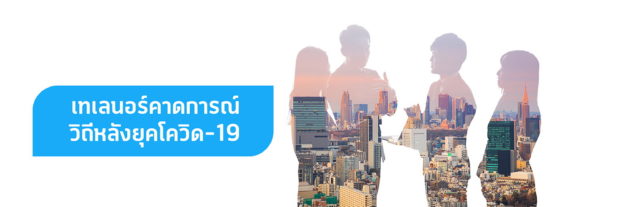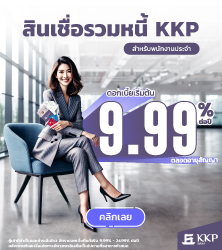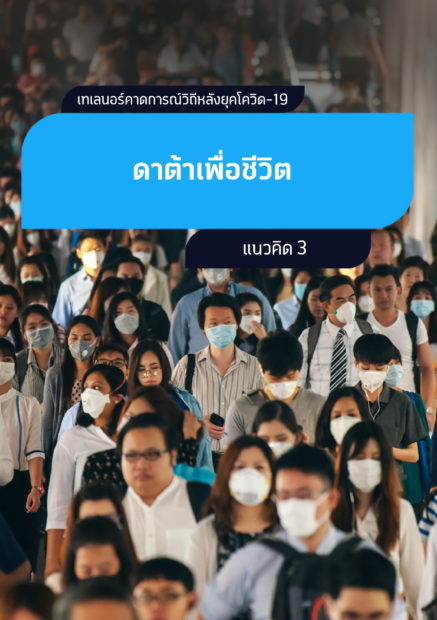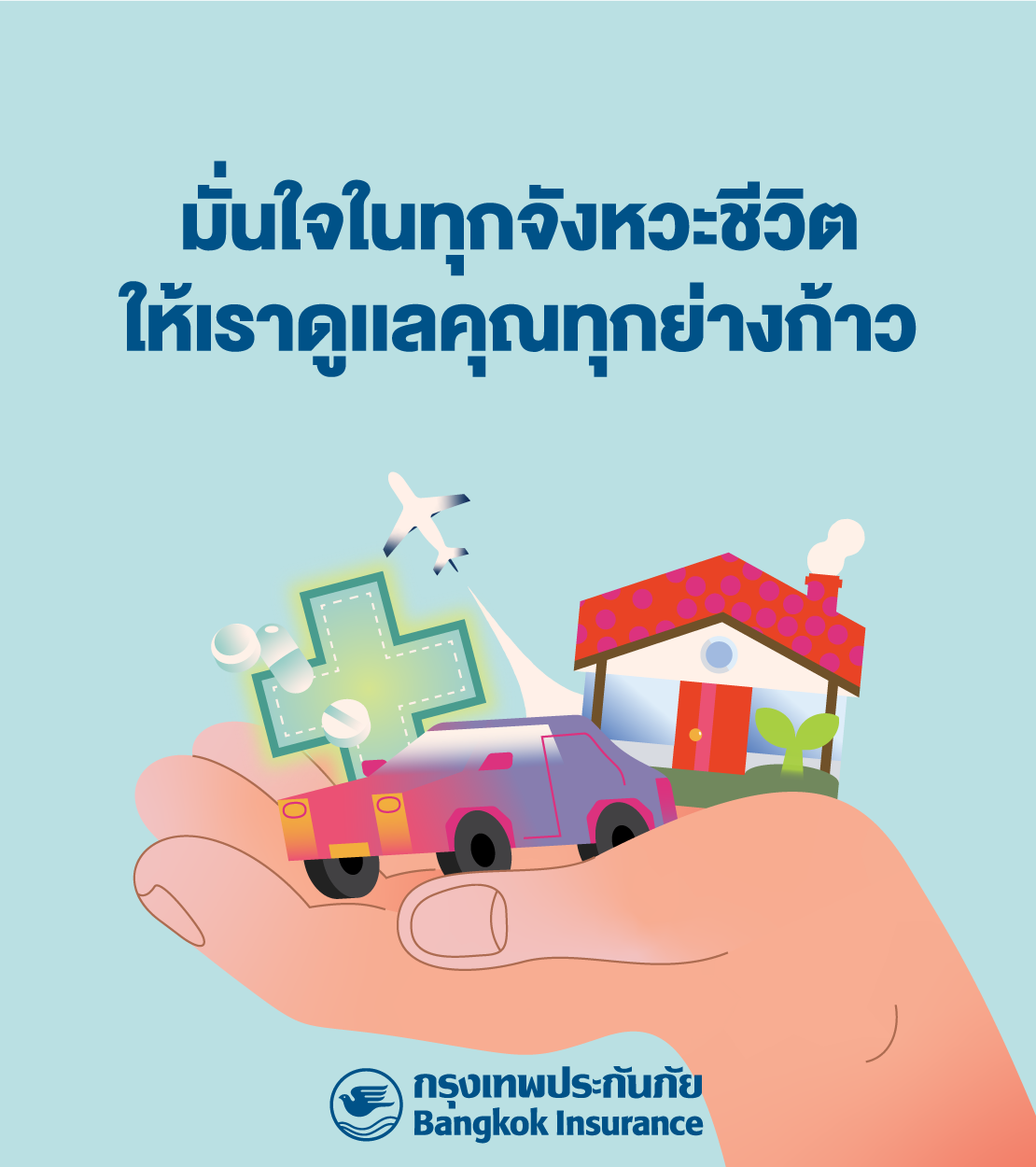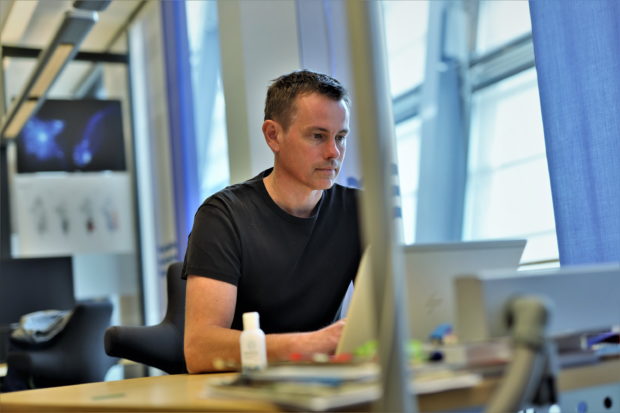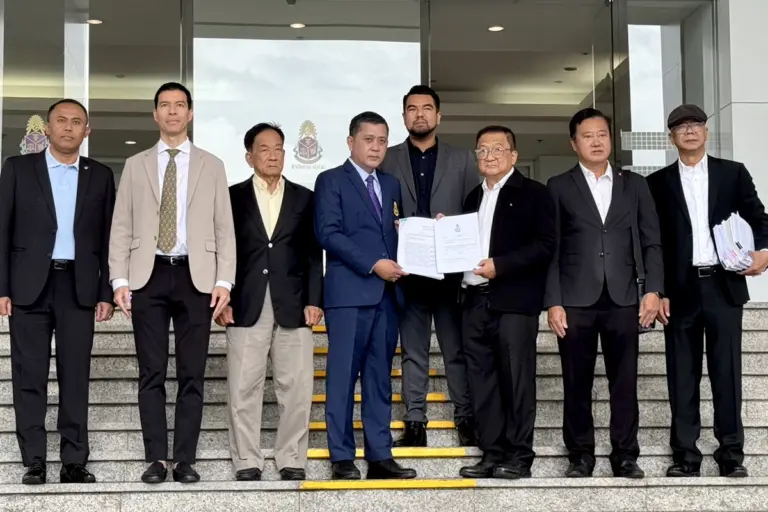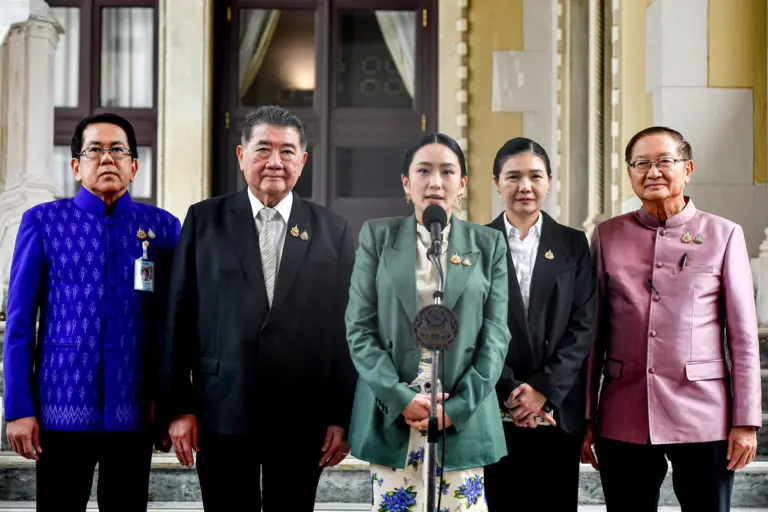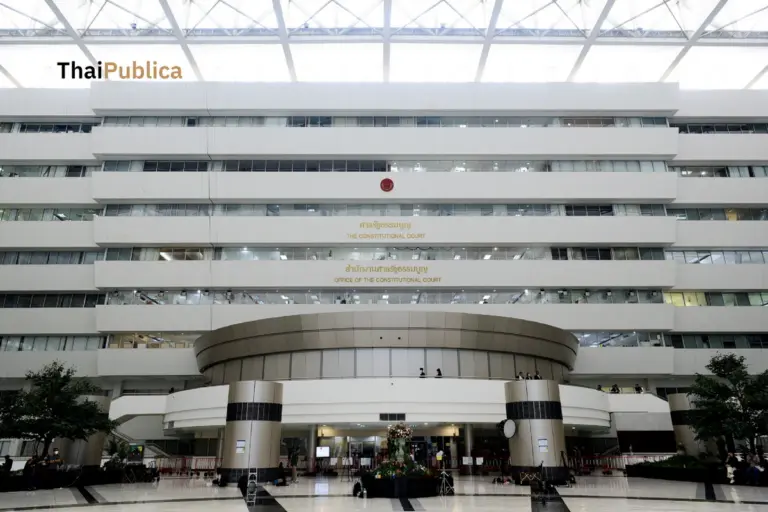เทเลนอร์เผย 3 เมกะเทรนด์หลังยุคโควิด-19 ชี้จุดเปลี่ยนโครงสร้างพื้นฐาน การจ้างงานและความเป็นส่วนตัว เปลี่ยนสู่โลกใหม่
11 มิถุนายน 2563 – เทเลนอร์รีเสิร์ช เผย 3 เมกะเทรนด์หลังยุคโควิด-19 ที่ทำให้โลกไม่มีวันเหมือนเดิมอีกต่อไป ชี้โครงสร้างพื้นฐานเปลี่ยนสู่ดิจิทัล ปัญญาประดิษฐ์มีบทบาทต่อระบบการคัดเลือกในตลาดแรงงานมากขึ้น ขณะที่ ดาต้าจะเข้ามามีบทบาทต่อการทำนายอนาคต ทั้งด้านสาธารณสุข การพัฒนาเมืองและสิ่งแวดล้อม เหตุโลกเข้าสู่ยุคดิจิทัลในอัตราเร่ง สร้างการเปลี่ยนแปลงต่อสังคมและเศรษฐกิจอย่างรุนแรง
นายกอร์ม แอนเดรีย กรอนเนเวต์ รองประธาน เทเลนอร์รีเสิร์ช กล่าวว่า “วิกฤติโควิด-19 ที่เกิดขึ้นได้แสดงให้เห็นถึงบทบาทสำคัญอย่างยิ่งของนวัตกรรมและเทคโนโลยีในการแก้ปัญหา ผลกระทบต่างๆ ในช่วงโควิด-19 ได้สะท้อนให้เห็นถึงการเปลี่ยนแปลงในอนาคตต่อทั้งบริษัท ชุมชนและสังคม ที่ทำให้บางสิ่งบางอย่างในอนาคตจะไม่เหมือนเดิมอีกต่อไปในโลกยุคความปกติใหม่ (new normal)”
ทั้งนี้ เทเลนอร์รีเสิร์ช หน่วยงานด้านการวิจัยของเทเลนอร์ ได้วิเคราะห์และทำนาย 3 เมกะเทรนด์ของโลกอนาคตหลังยุคโควิด-19 ไว้ดังนี้
1.โครงสร้างพื้นฐานใหม่เพื่อการทำงานวิถีใหม่ (New city infrastructure to facilitate a new way of work)
วิกฤติโควิด-19 ได้เปลี่ยนวิถีการทำงานไปอย่างสิ้นเชิง จากการทำงานออฟฟิศสู่การทำงานที่บ้าน ทำให้ความซับซ้อนที่มากับการทำงานที่ออฟฟิศในรูปแบบเดิมไม่มีความจำเป็นอีกต่อไป ต่อจากนี้ บริษัทหลายบริษัทจะเริ่มให้พนักงานสามารถทำงานได้จากที่บ้านหรือทำงานระยะไกล ทำให้ความสำคัญของอาคารสำนักงานเริ่มน้อยลง เทเลนอร์รีเสิร์ชคาดว่า การทำงานหลังจากนี้จะเปลี่ยนไปอย่างสิ้นเชิง โดยโควิด-19 จะมาเร่งให้เกิดเทรนด์การทำงานที่มีความยืดหยุ่นมากยิ่งขึ้น ทั้งนี้ รัฐบาลสามารสนับสนุนการจัดสรรทรัพยากรและการพัฒนาโครงสร้างพื้นฐานทาง “ดิจิทัล” ของเมือง เพื่อรองรับเทรนด์การทำงานที่จะเกิดขึ้นในอนาคต ไม่ว่าจะเป็นการทำงานที่บ้านและพื้นที่ทำงานร่วมกันหรือ Co-working space
Co-working space ทำให้เกิดการกระจายตัวของพนักงานบริษัทไปทั่วทั้งเมือง คนจะเลือกทำงานใกล้บ้านมากขึ้น เพื่อลดเวลาและทรัพยากรต่างๆ ในการเดินทาง ทำให้การปล่อยไอเสียจากเครื่องยนต์น้อยลง เมืองมีอากาศที่ดีขึ้น ระบบสาธารณสุขที่ดีขึ้น ประสิทธิภาพและประสิทธิผลในการทำงานที่ดีขึ้น
โดยสรุป โลกยุคหลังโควิด-19 นี้ การเดินทางไปทำงานที่ออฟฟิศจะเริ่มเห็นน้อยลง Co-working space จะมีจำนวนมากขึ้นตามพื้นที่ต่างๆ ของเมือง ทำให้เมืองจะมีความเป็นต่อสิ่งแวดล้อมและคนในเมืองมากขึ้น
2. AI เปลี่ยนโฉมการจ้างงาน (Recruitment + AI = Match)
ด้วยมาตรการล็อกดาวน์ที่รัฐบาลทั่วโลกบังคับใช้ในการต่อสู่กับกระแพร่ระบาดของโรคโควิด-19 ทำให้ส่งผลกระทบทางเศรษฐกิจอย่างหลีกเลี่ยงไม่ได้ ผู้คนหลายล้านคนอยู่ในสภาพตกงาน ขณะเดียวกัน ก็มีงานหลากหลายประเภทที่เกิดขึ้นจากผลกระทบของโควิด-19 และงานที่ต้องอาศัยแรงงานข้ามชาติ
หลังยุคโควิด-19 การจ้างงานในตลาดแรงงานไร้ฝีมือจะเปลี่ยนไปอย่างสิ้นเชิง ซึ่งแต่เดิมใช้เวลาในการรับสมัครและคัดเลือกเป็นเวลานาน ตลอดจนปัญหาการพัฒนาทักษะที่มีความจำเป็น ด้วยเหตุนี้ จะทำให้เทคโนโลยีปัญญาประดิษฐ์หรือ AI เข้ามามีบทบาทสำคัญอย่างมากในการคัดเลือกแรงงานและการจ้างงาน
อัลกอริธึ่มจะเข้ามาคัดกรองผู้สมัครและตำแหน่งที่ไม่สอดคล้อง และจับคู่ผู้สมัครและเจ้าของกิจการที่มีความต้องการตรงกัน โดยใช้ข้อมูลประวัติภูมิหลังของทั้งผู้จ้างงานและผู้สมัครงาน ความเร็วและความถูกต้องของ AI ไม่เพียงลดเวลาและค่าใช้จ่ายในการหางานเท่านั้น แต่ยังช่วยลดอัตราการลาออก (turnover) อีกด้วย เพราะด้วยความสอดคล้องกันของข้อมูลทั่งสองฝ่ายที่มากขึ้นจากการใช้ AI
AI จะเข้ามาช่วยแรงงานเหล่านี้เข้าถึงข้อมูลเชิงลึกต่อถึงทักษะที่ควรได้รับการพัฒนาเพื่อการแข่งขันของตลาดแรงงานในอนาคต ทำให้พวกเขาสามารถปรับตัวให้เป็นที่น่าสนใจและสร้างความแตกต่างในตลาดแรงงาน เพื่อเพิ่มความเป็นไปได้ในการถูกจ้างงานในอนาคต
3. ดาต้าเพื่อชีวิต (Crowd movements to the rescue)
ดาต้าจะเป็นเครื่องมือที่มีความสำคัญมากขึ้นเรื่อยๆ ในการต่อสู้กับโรคระบาดในอนาคต อย่างไรก็ตาม การนำข้อมูลของผู้คนเข้ามาใช้ประโยชน์ดังกล่าว ได้ก่อให้เกิดข้อถกเถียงด้าน “ความเป็นส่วนตัว” (Privacy) ของผู้ใช้งานเช่นเดียวกัน ด้วยเหตุนี้ ทำให้อนาคตของการใช้ดาต้าเพื่อทราบถึงรูปแบบการแพร่ระบาดเชื้อโรคหรือไวรัส จะมาในรูปแบบข้อมูลรวมที่ไม่ระบุตัวตนแทนที่ข้อมูลตำแหน่งของแอปพลิเคชัน (App location)
จากบทความของ Harvard Business Reviewระบุว่า ข้อมูลทางด้านโทรคมนาคมสามารถนำมาใช้เป็นประโยชน์ต่องานด้านสาธารณสุขได้อย่างมีความรับผิดชอบและไม่ล่วงล้ำต่อประเด็นด้านความเป็นส่วนตัว โดยล่าสุด ได้มีการใช้ข้อมูลสัญญาณมือถือมาใช้ยับยั้งการแพร่ระบาดของโรคโควิด-19 ในนอร์เวย์และเดนมาร์ก ขณะที่ก่อนหน้านี้ได้มีการใช้ข้อมูลมือถือในการยับยั้งการแพร่ระบาดของเชื้อมาลาเรียและไข้เลือดออกในปากีสถานและบังคลาเทศ ซึ่งพิสูจน์แล้วว่าข้อมูลมือถือสามารถนำมาใช้ทำนายทางด้านระบาดวิทยาได้อย่างแม่นยำ ทำให้รัฐบาลและหน่วยงานสาธารณสุขนำข้อมูลมาตัดสินใจออกมาตรการทางด้านสาธารณสุขได้อย่างแม่นยำขึ้น ทั้งนี้ ข้อมูลที่นำมาใช้ในการทำนายรูปแบบการเคลื่อนที่จะเป็นในลักษณะข้อมูลรวมและไม่ระบุตัวตน เพื่อทราบถึง “รูปแบบ” การเคลื่อนที่โดยรวม ทำให้ผู้ใช้มือถือมั่นใจได้ว่าความเป็นส่วนตัวจะได้รับการคุ้มครอง
ทั้งนี้ การนำข้อมูลมือถือมาทำนายรูปแบบการเคลื่อนไหวของผู้คนสามารถนำมาใช้ประโยชน์ได้มากกว่าการแพร่ระบาดของเชื้อโรค แต่ยังเป็นประโยชน์ต่อการวางผังเมืองอัจฉริยะ การวิเคราะห์สิ่งแวดล้อม และช่วยเหลืออุตสาหกรรมอื่นๆ ให้เข้าสู่สถาวะปกติหลังยุคโควิด-19 เช่น อุตสาหกรรมท่องเที่ยว
“การแพร่ระบาดของโควิด-19 ไปทั่วโลกนั้นได้ทำให้พวกเราทุกคนต้องคิดนอกกกรอบและเปลี่ยนวิถีการทำงานของพวกเราในอัตราเร่ง ซึ่งรวมไปถึงวิถีในการให้บริการลูกค้าและบทบาทต่อการพัฒนาสังคม พฤติกรรมทางสังคมและเศรษฐกิจบางอย่างจะเปลี่ยนแปลงไป ดังนั้น รัฐบาลและผู้นำองค์กรจึงควรพิจารณาว่าอะไรควรหยุด และอะไรควรริเริ่มพัฒนาต่อเพื่อเร่งให้ก้าวทันกับการเปลี่ยนแปลงหลังยุคโควิด-19” นายกอร์ม กล่าวในที่สุด
อ่านเพิ่มเติมคลิกที่นี่
…
Telenor’s Post-Pandemic Predictions
The COVID-19 crisis has unearthed new considerations for infrastructure, employment and privacy. Telenor Research outlines three key predictions that would characterise our new world.
June 11, 2020 – On a scale like no other, the COVID-19 pandemic has accelerated global social and economic change that would otherwise have taken years to realise. Today, we witness countries all over the world taking calculated risks as they ease societal restrictions. However, there is no such thing as going back to normal, asserts Telenor Research.
“The pandemic has shown that necessity is the mother of all innovation. It is clear that the pendulum is swinging towards the need for reflection and deeper changes in the way we run our cities, our companies and our communities,” says Gorm Andreas Grønnevet, Vice President at Telenor Research.
As Telenor’s research arm, the team has taken a step back in order to look forward, identifying three key predictions that would shape our new, post-coronavirus reality.
Prediction 1: New city infrastructure to facilitate a new way of work
As the pandemic forces many typically office-bound workers to work out of their homes, we see that this has opened people’s eyes to the possibility that traditional office complexes are not so essential after all. More and more people are starting to adjust to working remotely, either from home or near home, for example, in a co-working space. We expect the pandemic to accelerate this trend. More governments will start to re-think the way they organise their cities, re-allocating more resources to digital and communications infrastructure as the number of workers operating from home or co-working spaces increases.
These hubs will allow workers to be scattered across the cities and closer to residential areas to cut down on commuting time needed. Less commuting means less time spent in traffic and less traffic in general, which leads to less pollution, cleaner air, improved public health and increased productivity and efficiency. To sum up, the post-pandemic cities will see fewer traditional office complexes and more hubs, and as a result, become increasingly environmental and pedestrian-friendly.
Prediction 2: Recruitment + AI = Match
Along with the lockdowns came economic consequences. While millions of jobs were lost, we also saw new types of jobs emerge to cope with unique needs stemming from the pandemic and the new limitations on immigration. In a job market saturated with displaced workers and new manpower needs, the traditional forms of hiring just take too long and many existing skillsets are in dire need of updates. We predict that artificial intelligence (AI) holds the key to transform the employment game for the better.
By processing comprehensive background information about employers and potential candidates, algorithms will filter out unsuitable positions and candidates, and connect the right seekers with the right employers. The speed and accuracy from AI headhunting will not only reduce time and money spent searching for jobs and new employees, it will also reduce turnover as the chances for a ‘perfect match’ between both parties increases.
AI will help workers keep up-to-date, identifying critical competencies they need to train themselves in to prepare for the future and the ever-changing job market. Insight into skills for the future and how they can upskill in advance will also give young people and unemployed a leg up in becoming attractive candidates for employers.
Prediction 3: Crowd movements to the rescue
Data is becoming an increasingly important tool in fighting rapid spread of infectious diseases. However, the recent use of people’s movement data during COVID-19 has also triggered a huge privacy debate. The calls for safeguarding the individual’s privacy are getting increasingly louder, which is why we predict a future rise in the use of aggregated, anonymous data from mobile phone signals, instead of app location data.
A Harvard Business Review article attests that telco data can be used in public health emergencies in a responsible and anonymised format, citing Telenor’s collaborations with local health authorities to model, predict and respond to outbreaks around the world, most recently in Norway and Denmark. Previous Telenor studies in Pakistan and Bangladesh in predicting the spread of dengue and malaria also prove that aggregated mobility data improves the accuracy of epidemiological models, enabling governments and health authorities to better target their containment measures as well as relief efforts. Individuals concerned about Big Brother watching will be reassured to know that these location traces only provide an overview of general travel patterns, and the data reported only trace movements of groups.
The potential for mobility analytics stretches far beyond disease prediction. It can also contribute to smart city planning, environmental analysis and helping industries like travel to get back on their feet. The possibilities are endless.
“The COVID-19 pandemic is leading us all to think out of the box and accelerate changes in the way we work, the services we deliver to our customers and the role we play in society. Some of our social and economic behaviours will change, so this is the time for governments and leaders to rethink and assess what should stop, what should start and what needs to be accelerated as we step into a post-coronavirus future,” says Gorm Andreas Grønnevet.

